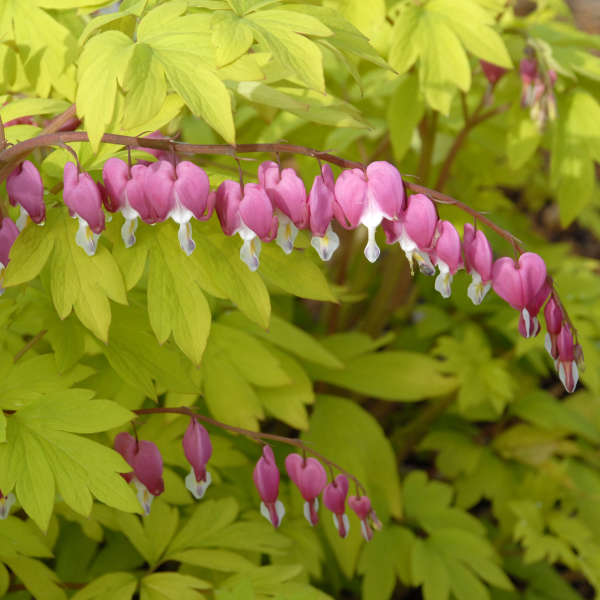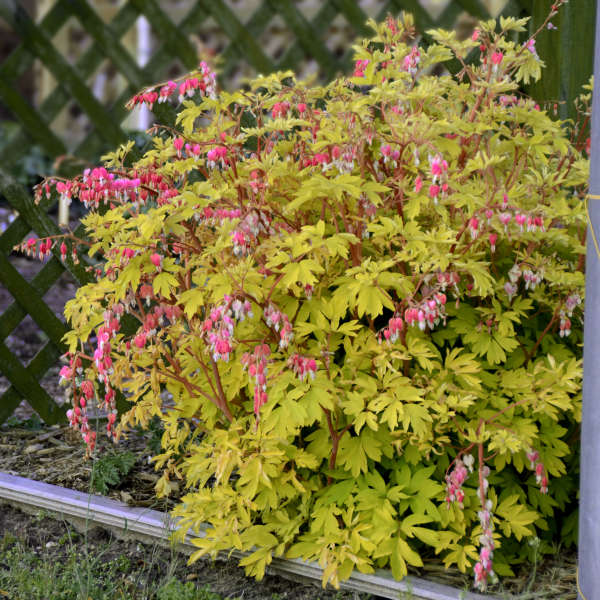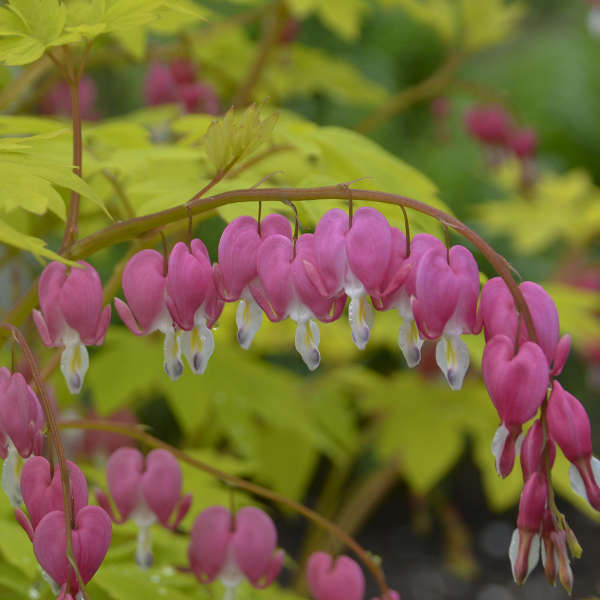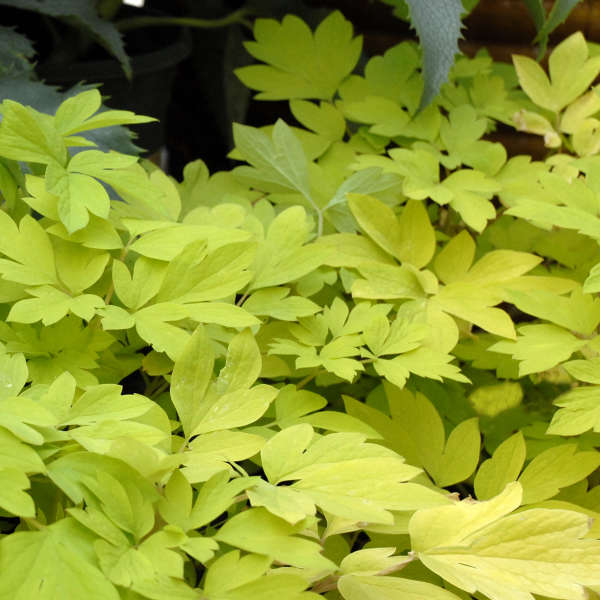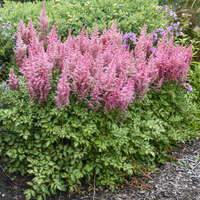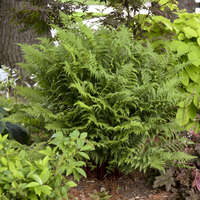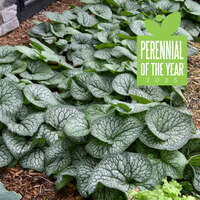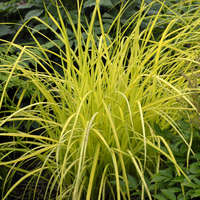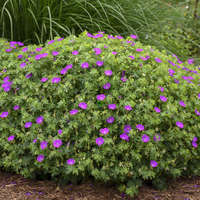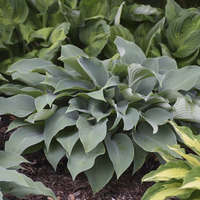Dicentra spectabilis 'Gold Heart'
Common Name: Old-Fashioned Bleeding Heart
A bright twist on a classic perennial! Radiant yellow foliage absolutely glows in spring, creating a brilliant focal point in the shade garden.
Arching sprays of everyone’s favorite classic bleeding heart flower, pink and white heart-shaped blooms, dangle from the stems in late spring. The foliage typically mellows a bit in color as the season progresses.
This cultivar grows a bit smaller than the typical D. spectabilis, reaching heights of up to 2' at maturity.
After putting on this fantastic display, Old-Fashioned Bleeding Hearts usually go dormant until the following spring. However, if plants are kept well-watered during the spring, dormancy may be delayed until late summer or early fall. Other bushy perennials, such as Hosta, Geranium, or Sedge, should be planted nearby to fill in the resulting gaps.
20ct Plug Tray |
72ct Plug Tray |
